Overview
Map
Other Details
كنيسة مار جاورجيوس للروم الأرثوذكس
Enfeh
Koura
North
كنيسة مار جاورجيوس للروم الأرثوذكس - أنفههي الكنيسة الرئيسيّة في البلدة. إنتهت عمليّة البناء بشكلها الحاليّ في ١٧ أيّار ١٩٧٠. إنّ الموقع الذي بُنيت فيه الكنيسة، له تاريخ مهمّ في التّراث المسيحيّ للبلدة؛ ففي القرون المسيحيّة الأولى، كانت تلك المنطقة مليئة بالقبور المحفورة بالصخر، و بعد ذلك بُني في العهد البيزنطيّ كنيسة في الموقع، تتضارب المعلومات حولها، فالبعض يتحدّث عن وجود ديرٍ على اسم القدّيس جاورجيوس، و البعض الآخر يتحدّث عن ثلاث كنائس تحمل احداها اسم القديس جاورجيوس. سنة ١٩٥٤، قرّر راعي الأبرشيّة هدم البناء القديم و اقامة كنيسة كبيرة مكانه بإسم كنيسة القدّيس جاورجيوس. رُمّمت الكنيسة سنة ٢٠٠٩ وزُيّنت بالجداريّات.St George’s Greek Orthodox Church - AnfeIt is the main parish church of the village, consecrated on the 17th of may 1970. The site has paleo Christian roots as it was a stone necropolis. Later on, during the Byzantine era, a monastery of St George was erected on the site. According to other sources, three churches one of them dedicated to St George were on the site. In 1954 the local bishop decided to build a bigger church on the site and dedicate it to St George. The church was restored in 2009 and decorated with Byzantine frescoes.
Visited 2648 times, 4 Visits today
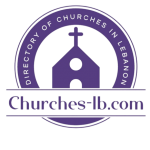


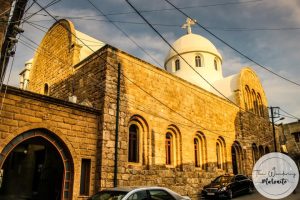
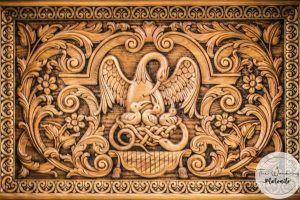
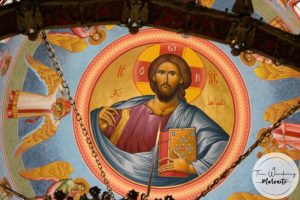
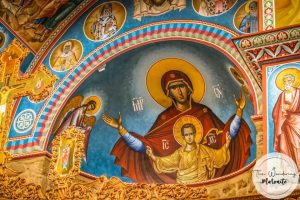
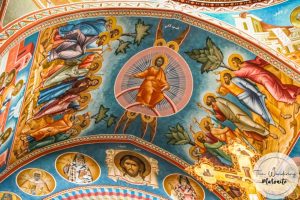
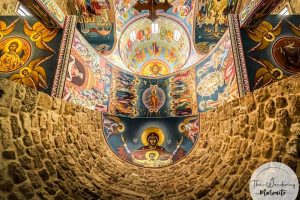
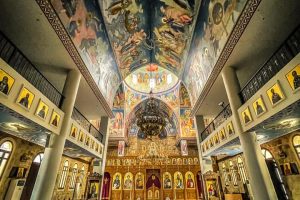
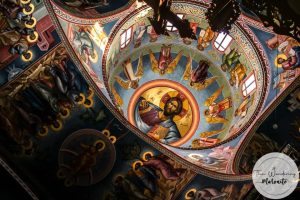
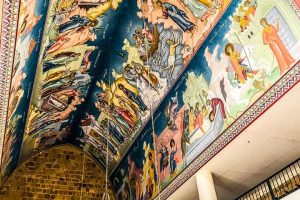









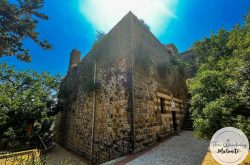

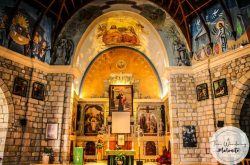
Reviews are disabled, but trackbacks and pingbacks are open.